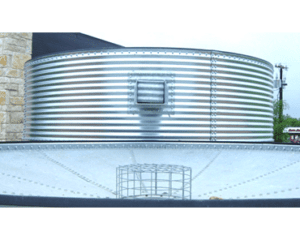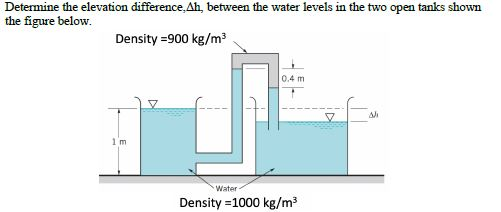


In addition to responses to dynamic stimuli, a roll-induced static tilt VOR, which is a static eye-to-head position change, has been characterized in many species including tadpoles and fish larvae. Rotations about an off-vertical axis also stimulate mainly otolith organs if performed at a constant speed. Linear or translational acceleration drives the linear VOR, which is activated by macular organs with otoliths or otoconia. Rotation around the earth vertical axis is sensed by the semicircular canal system, which generates an angular VOR. The VOR is characterized by compensatory eye movements in response to linear or angular accelerations, and to any changes in head position with respect to gravity. This robust reflex has also been used to assess vestibular function in several different species, including monkeys and rats. For example, the VOR is a simple reflex of eye movements used for assessment of semicircular canal function in human patients. Vestibular-induced behaviors can be used to measure vestibular function.


 0 kommentar(er)
0 kommentar(er)
